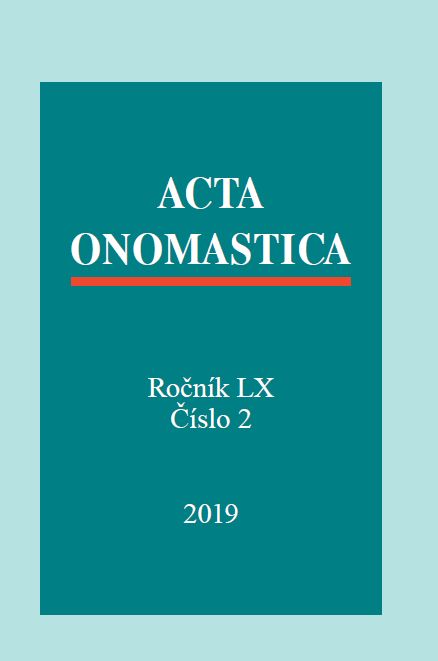Филиппинский испанский язык: структура и прагматика
Spanish toponymy in the Philippines: Structure and pragmatics
Author(s): Olga Chesnokova, Irina Anatolievna MartynenkoSubject(s): Language and Literature Studies, Comparative Linguistics
Published by: AV ČR - Akademie věd České republiky - Ústav pro jazyk český
Keywords: Philippines; Spanish; language contacts; anthropotoponyms; religious allusions; Filipino languages; structure; pragmatics
Summary/Abstract: The article examines Spanish components in the toponymy of the Republic of the Philippines, regarded as a kind of “cartographic” form of the Spanish language present in this area. Through the language contacts prism between Spanish and Filipino and other languages, primarily English, the authors systematise the structure and pragmatics of the Spanish components in the toponymy of the Philippines, consider their current state by means of onomastic methods and linguocultural research. The article shows that the main thematic groups of motivating attributes in Philippine toponyms of Spanish origin are: 1) religious units with a widely ramified system of symbols and associations, including personalized, 2) motivating anthropotoponyms, i.e. protagonists known in the history of Spain and the Philippines, 3) migrant toponyms, 4) descriptive toponyms. The language status of Spanish lexemes in the Philippine toponymic framework reveals both their complete assimilation and likening to the norms of the receptor language. Spanish components in the toponymy of the Philippines are represented in macro- and microtoponyms, reflecting various aspects of interaction at the level of onomastic vocabulary of Spanish and Philippine ethnoses in the polyethnic Republic of the Philippines.
Journal: Acta Onomastica
- Issue Year: LX/2019
- Issue No: 2
- Page Range: 171-185
- Page Count: 15
- Language: Russian

